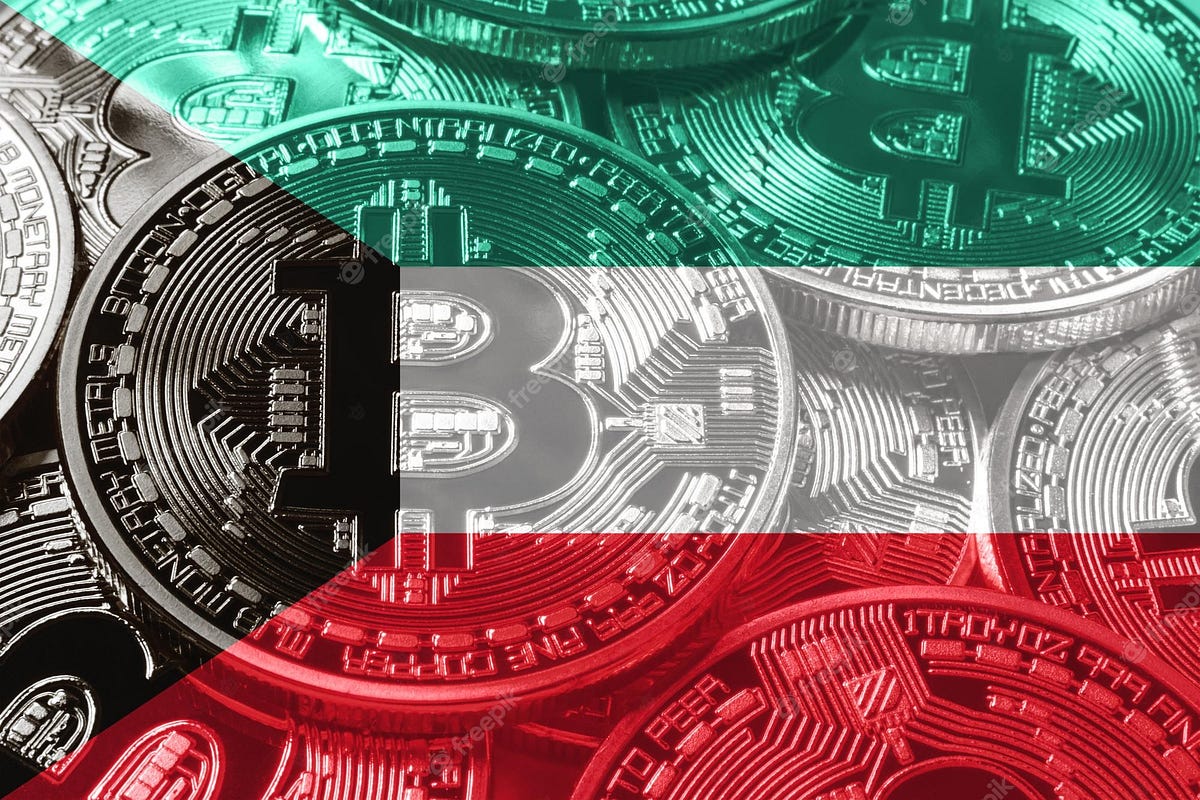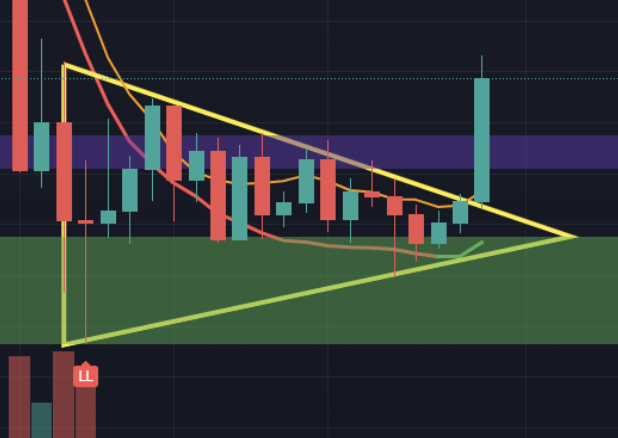The advent of blockchain technology has completely changed how we think about data storage and transactions. It has its limitations, though, just like every innovation, and that’s where the blockchain trilemma appears.
For many years, the blockchain community has debated the idea of the Blockchain Trilemma. It refers to the compromise between security, scalability, and decentralization, three crucial considerations.
Everyone interested in blockchain technology must comprehend the blockchain trilemma. The blockchain trilemma, its significance, and potential directions for blockchain technology are all covered in this article.

What is the Blockchain Trilemma?
The blockchain trilemma is a major challenge decentralized networks face compared to centralized networks. Stemming from the CAP theorem, which states that a decentralized data store can only provide two out of three guarantees (consistency, availability, and partition tolerance), the Blockchain trilemma tackles this dilemma in the context of modern distributed systems. This popular belief suggests that public blockchains must sacrifice security, decentralization, or scalability to be fully functional.
To achieve decentralized consensus over an open infrastructure resistant to outside attack, public blockchains rely on a network of distributed nodes managed by its users. Unlike the client-server model commonly utilized by major networks, such consensus models maintain transparency and equitable access with no single point of control.
While this might sound like an ideal scenario for many applications, the tension between these various components creates the trilemma and fierce debate within the industry over which compromise might be most suitable for any given use case.
How to Solve the Blockchain Trilemma
The blockchain trilemma is a challenge in blockchain technology that seeks to make all three components compatible. It states that too much of one component can lead to a decreased level of another, thus creating unavoidable tension. Unfortunately, there are no immediate solutions; it’s been described as “a triangle with only two sides” since none of the three are mutually exclusive.
There have long been attempts for developers to find ways around this problem and mitigate said tensions. Most solutions focus on either off-chain processing like sidechains and payment channels. This aims to move certain activities away from the blockchain or sharding, which involves breaking networks into multiple partitions to improve their scalability without reducing security or decentralization.
The latter is particularly viable as several projects, such as Ethereum 2.0, work towards its implementation while combining different approaches could also quell the trilemma tensions. Yet regardless of which approaches we take, one thing’s certain–finding a way around this problem will require creative engineering and extensive testing.
Conclusion
The blockchain trilemma presents a significant obstacle for developers to address. It divides any given blockchain into three categories: scalability, decentralization, and security. The problem is that developers can only achieve two of these pillars simultaneously. Thus, developers must make difficult tradeoffs to prioritize one or another when creating or enhancing an existing blockchain. Fortunately, developers are quite optimistic about solving the blockchain trilemma. They are working diligently on finding ways to increase scalability while also ensuring security and decentralization remain strong.
Personal Note From MEXC Team
Check out our MEXC trading page and find out what we have to offer! You can learn more about crypto industry news. There are also a ton of interesting articles to get you up to speed with the crypto world. Lastly, join our MEXC Creators project and share your opinion about everything crypto! Happy trading!
Join MEXC and Get up to $10,000 Bonus!
Sign Up


